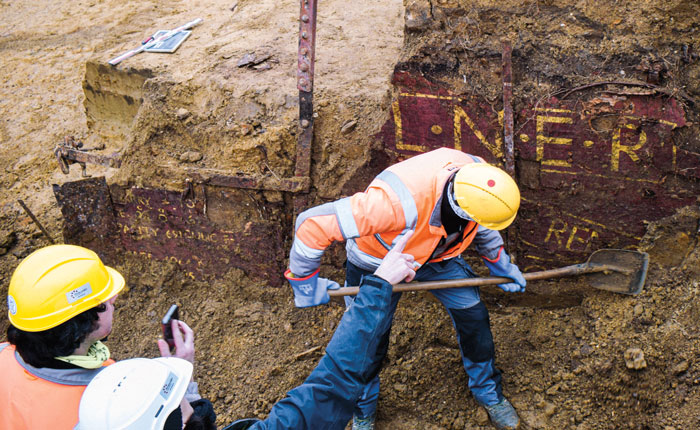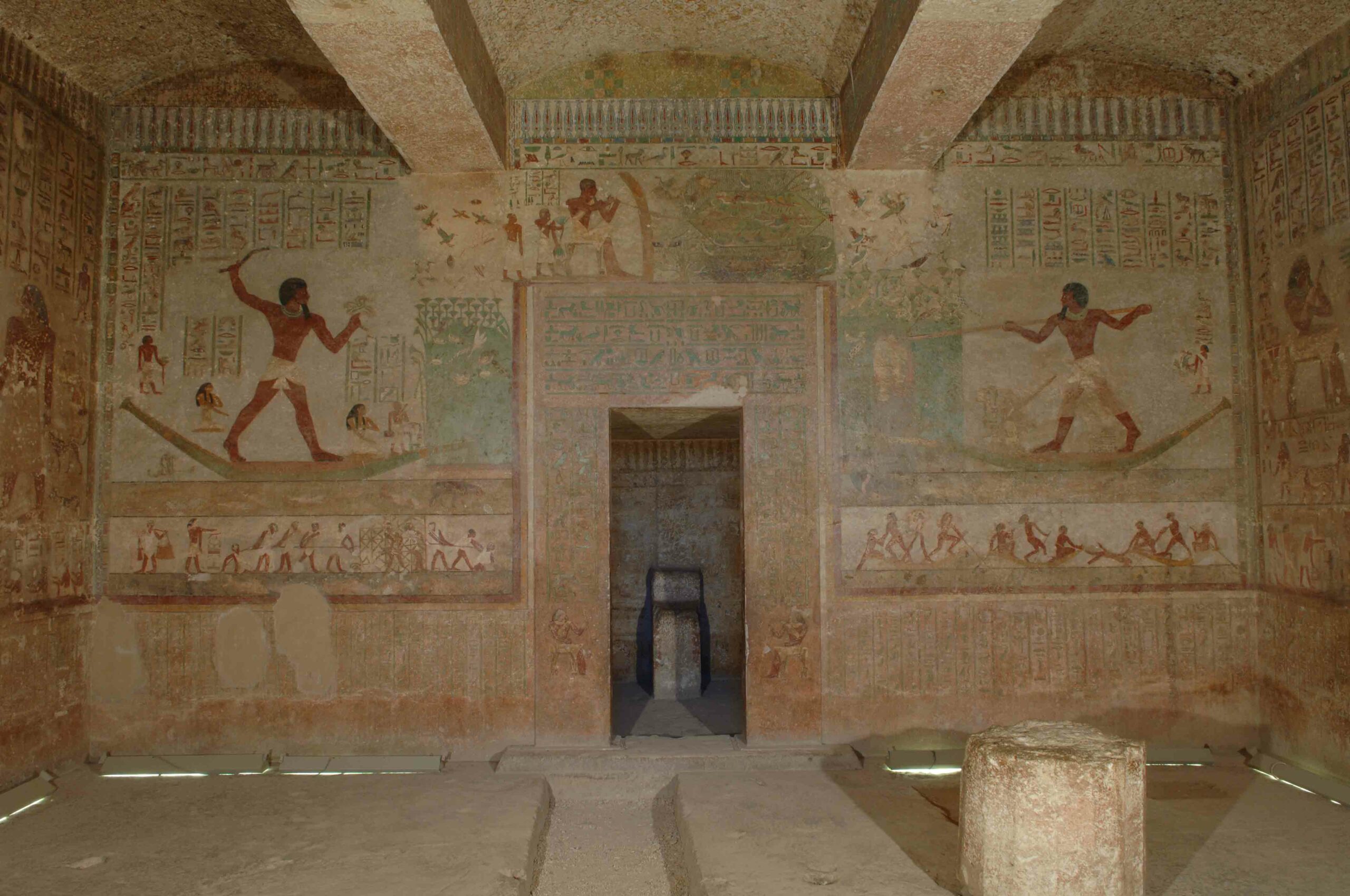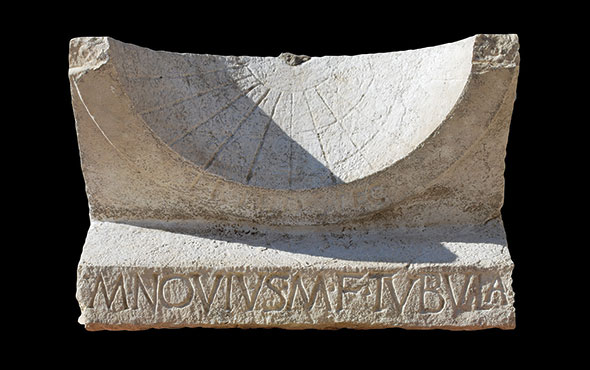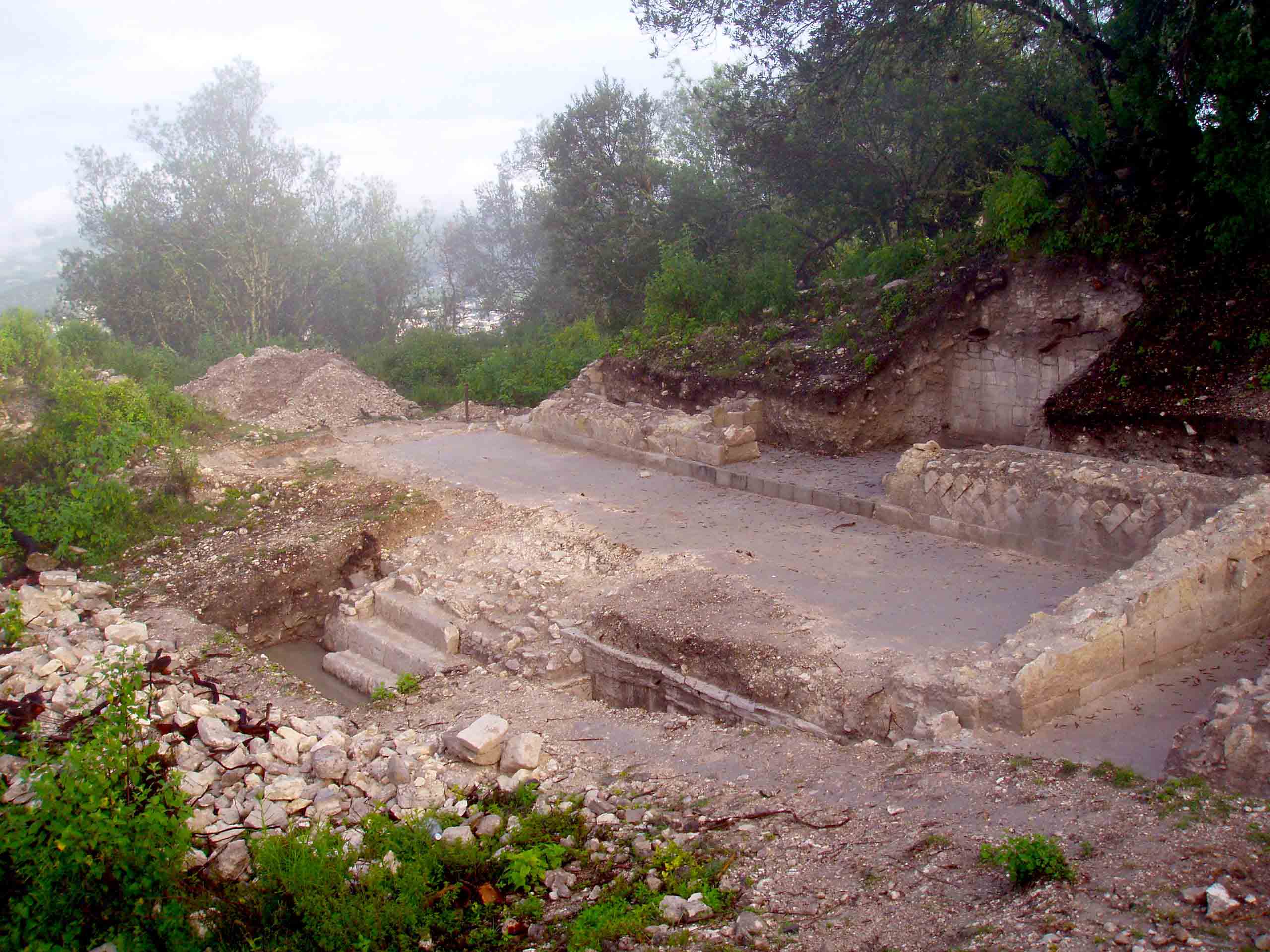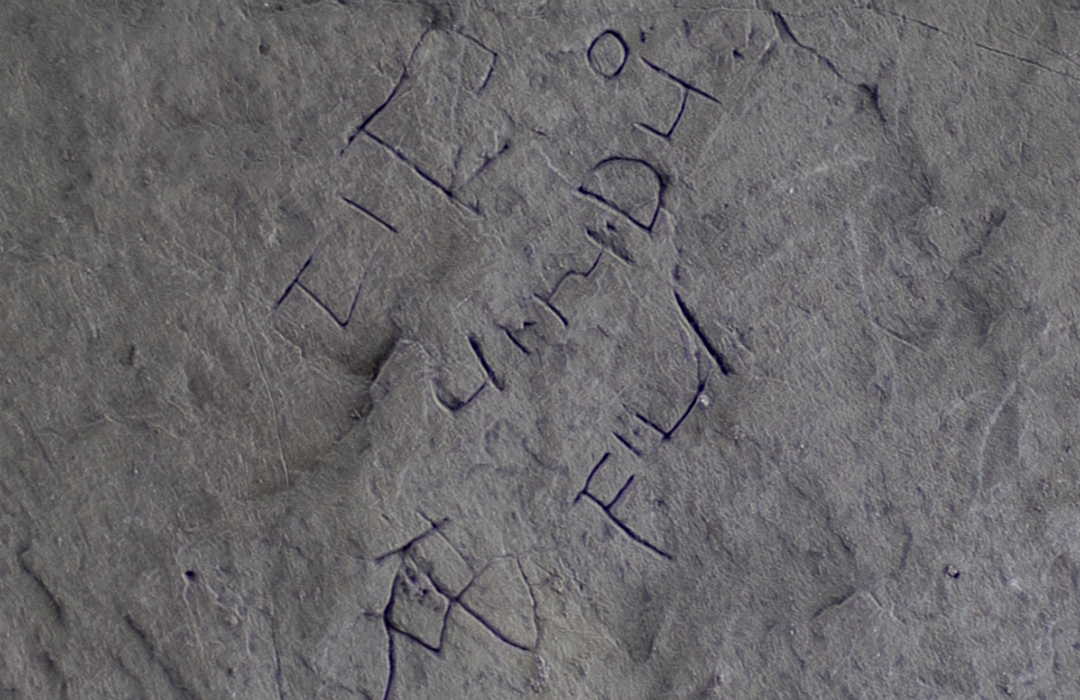
CORNWALL, ENGLAND—The Guardian reports that words and letters were found carved into a seventh-century slate window ledge in a building at Tintagel Castle in north Cornwall. The inscription, thought to have been a doodle or a scribe’s practice work, include the Roman name Tito and the Celtic name Budic. The Latin words fili, or son or sons, and viri duo, or two men, were also carved into the two-foot ledge. A triangle may represent the Greek letter delta. There is also monogram made up of a letter “A” with a “V” inside it and a line across the top. The combination may have been a Christian symbol, since “A,” or “alpha,” was often associated with a Christian description of God. Some of the words were written in the formal script found in illuminated gospel works, while others are informal in style. Win Scutt of English Heritage said the letters support the interpretation of Tintagel as a literate, Christian port with trade ties to Europe and the Mediterranean. Further study will try to determine whether the scribe was left or right handed, and what sort of tool might have been used to carve the letters. To read about another site in Cornwall, go to “By the Light of the Moon.”





